Project Management: Testing Strategies, DevOps, and IFRS Track Project
VerifiedAdded on 2022/08/14
|5
|1073
|17
Project
AI Summary
This project management assignment delves into the critical aspects of software testing within the context of project management, with a specific focus on functional and non-functional testing methodologies. It begins by emphasizing the importance of requirements and action plans in initiating a project, followed by an overview of the software development process, highlighting the distinction between functional and non-functional requirements. The assignment details the purpose of functional testing, its various methods (white box, black box, usability, integration, smoke, and sanity testing), and its significance in ensuring application functionality. It then explores non-functional testing, which evaluates application competency and effectiveness under various conditions, focusing on aspects like response speed and operation time. Test scenarios are discussed, along with the impact of non-functional testing on user satisfaction and the different types of non-functional tests. The assignment also integrates DevOps, emphasizing its role in modern software development, including automated testing, continuous integration, and the need for testers to possess specific technical skills. The assignment concludes with a case study of IFRS Track Installation, including a test plan outline, introducing the project's stakeholders and items to be tested.
1 out of 5
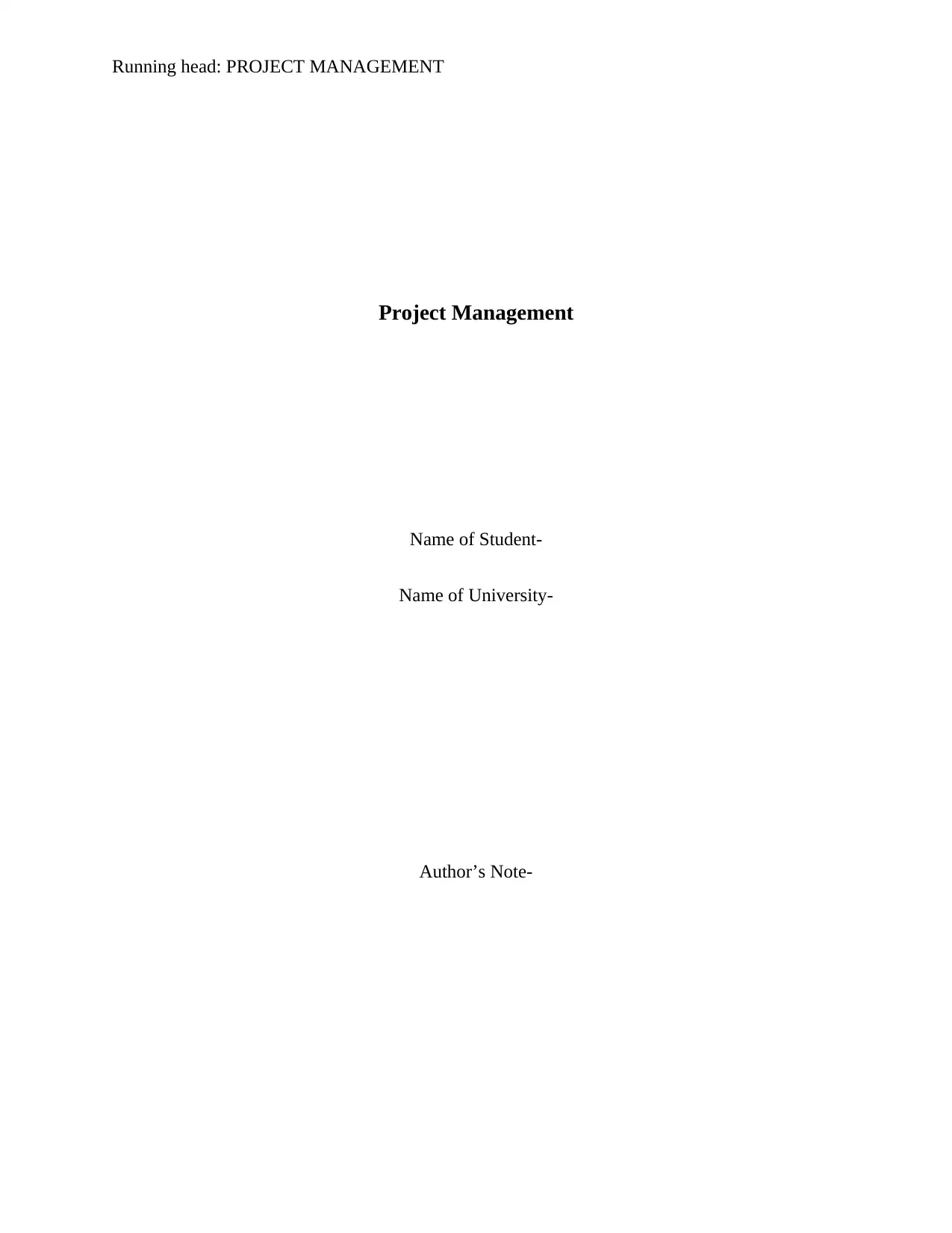
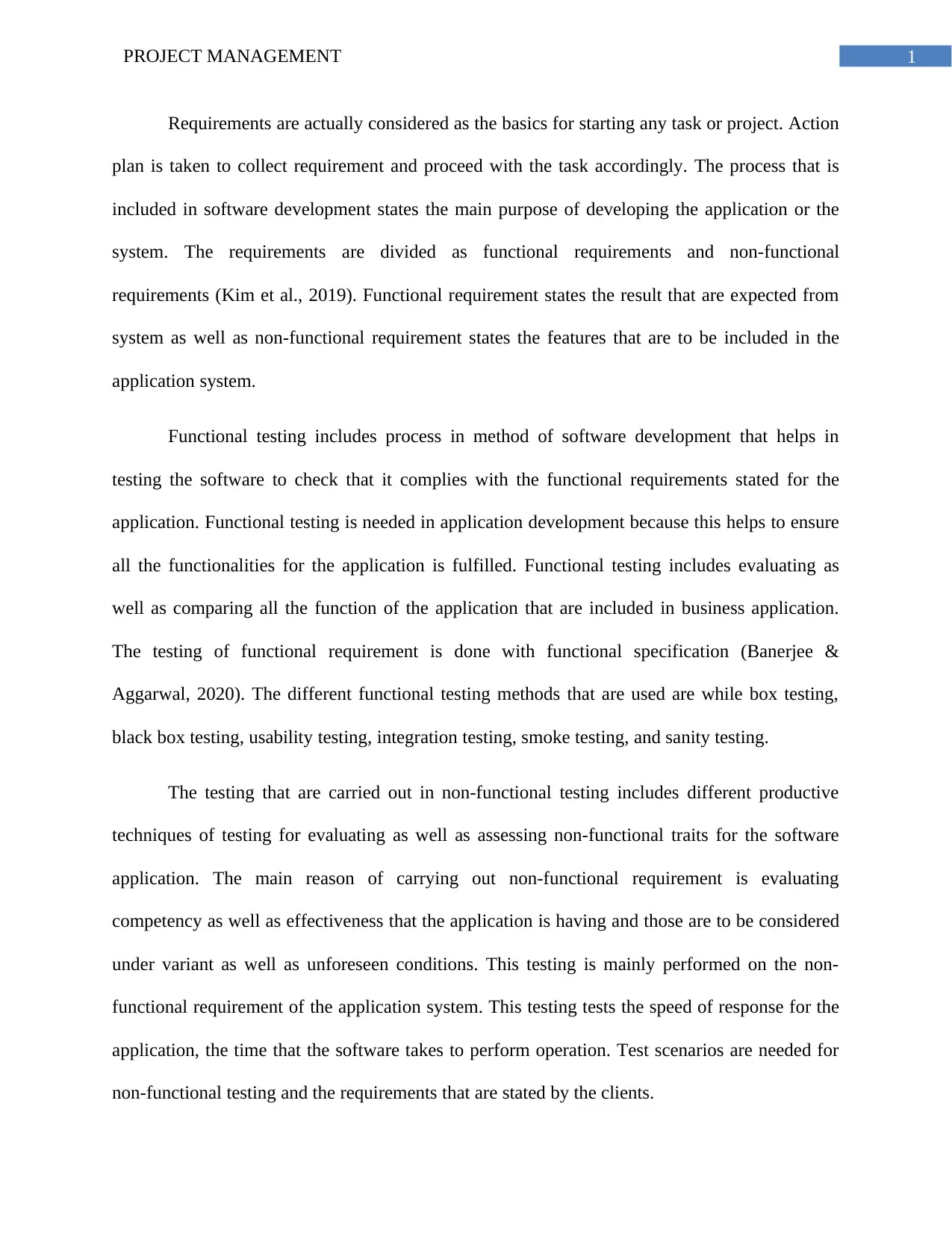
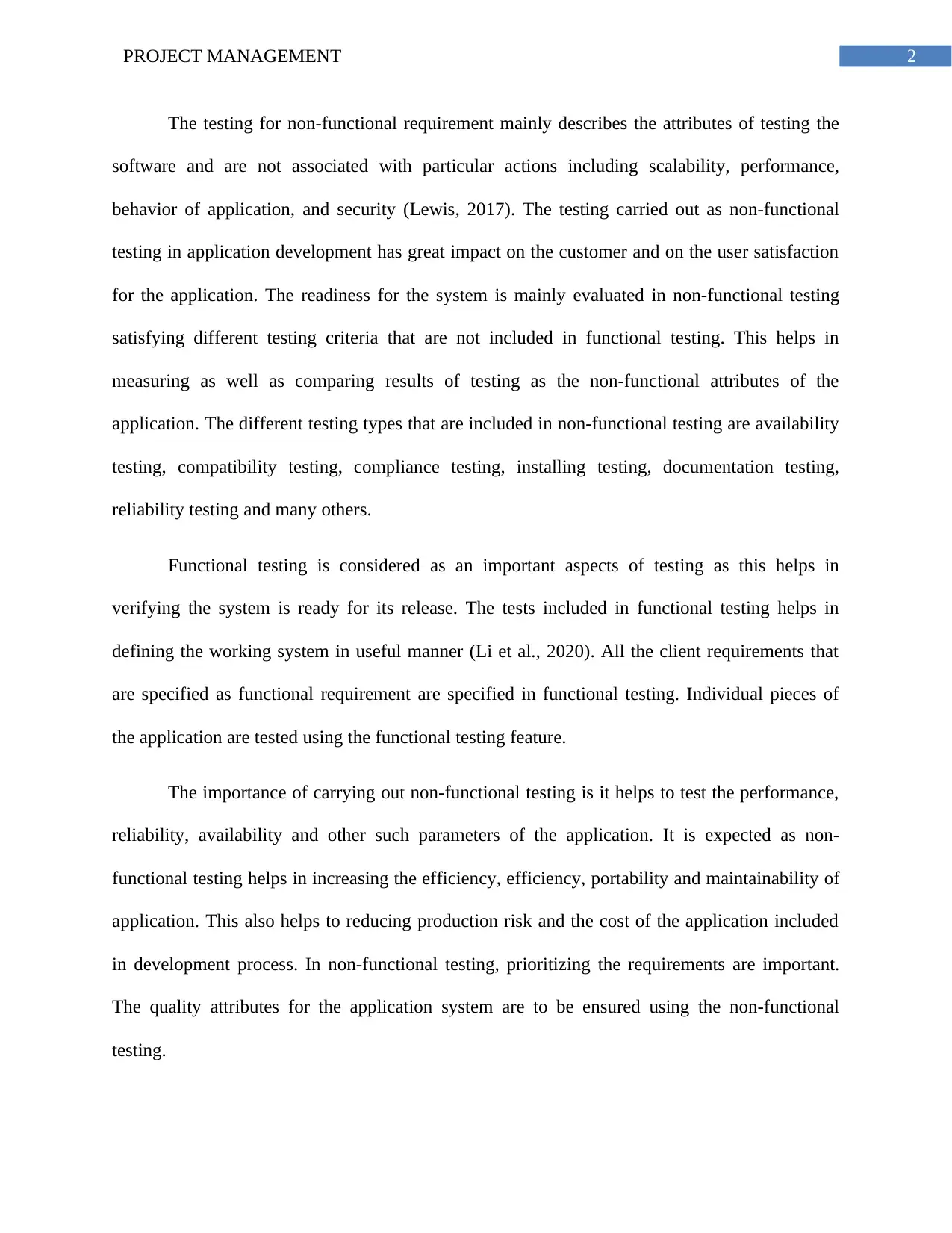

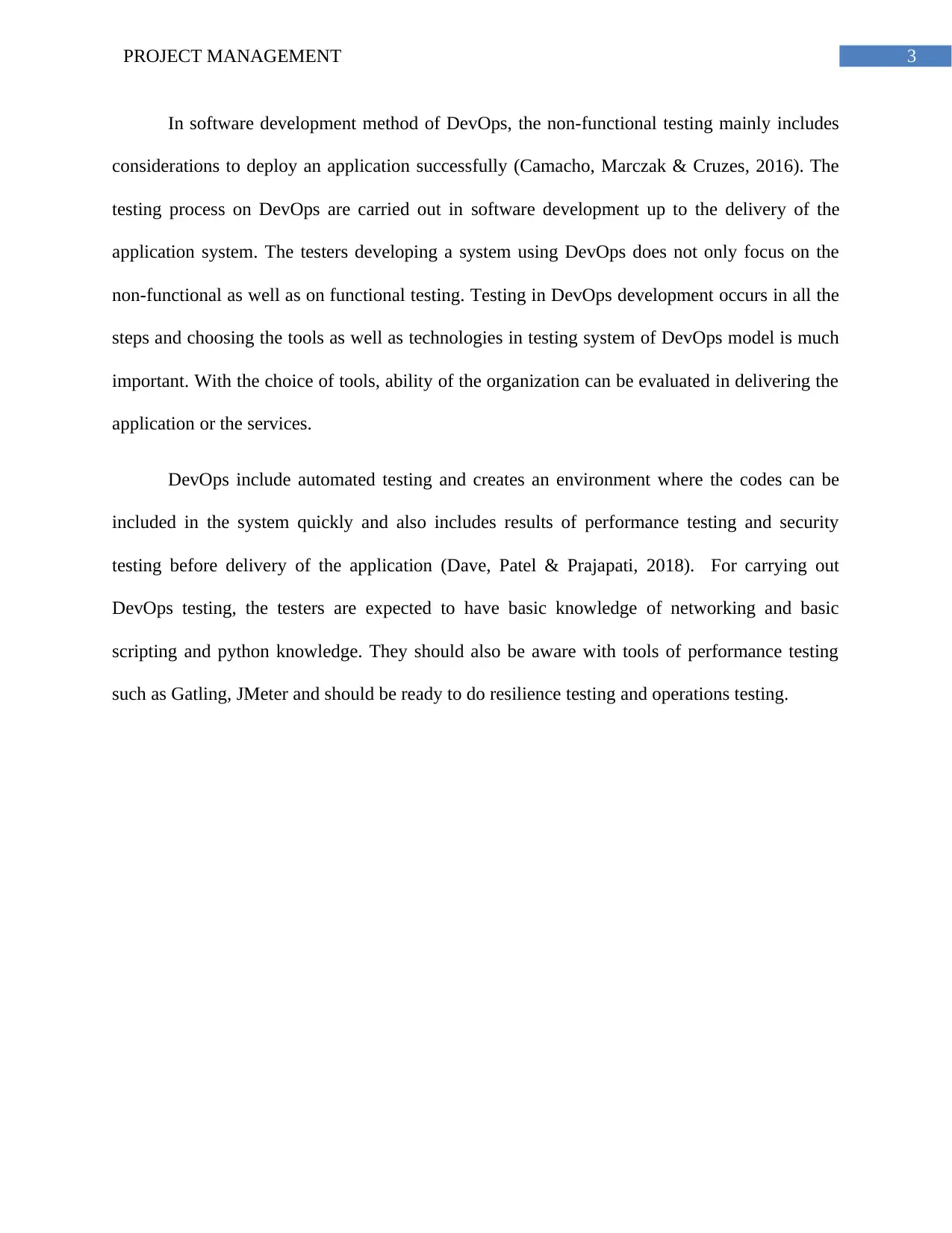
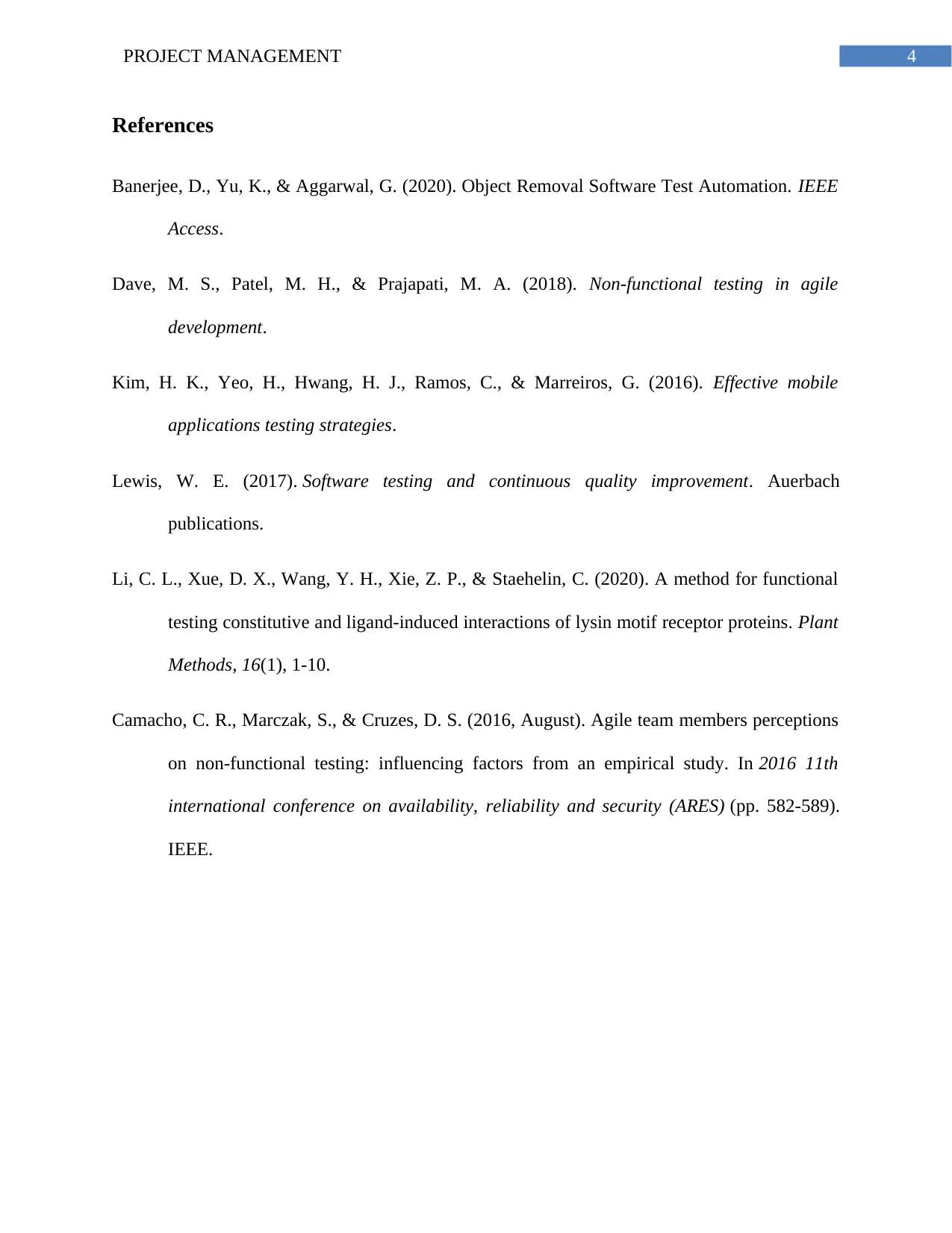





![[object Object]](/_next/static/media/star-bottom.7253800d.svg)